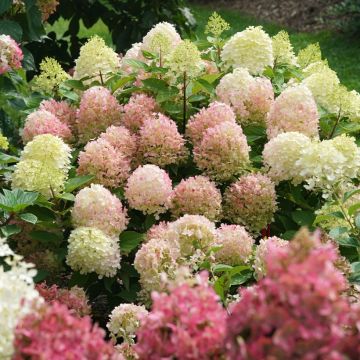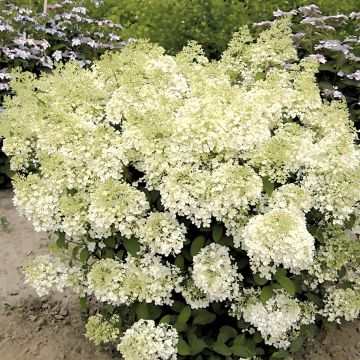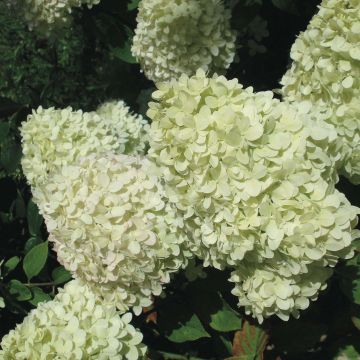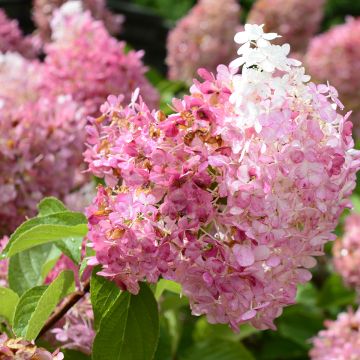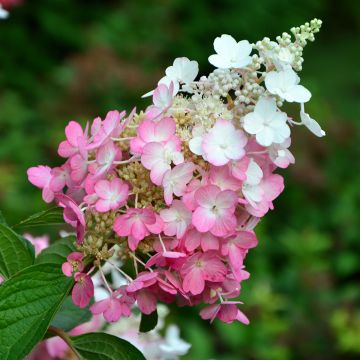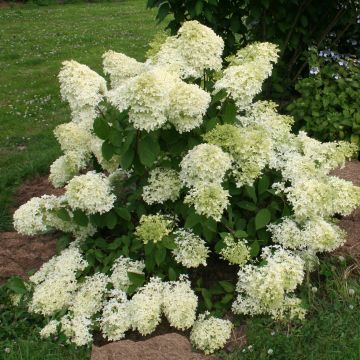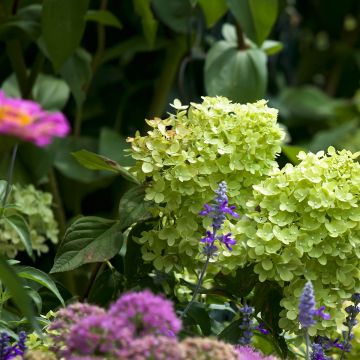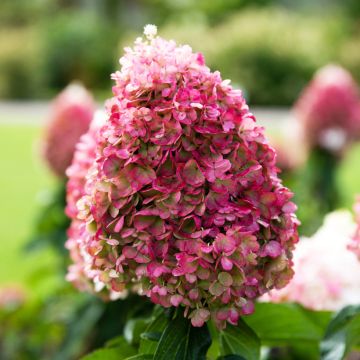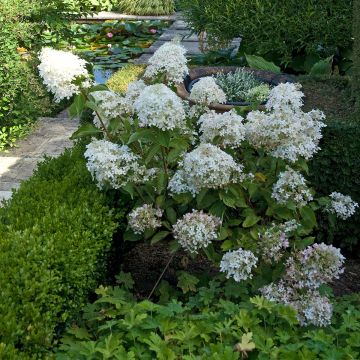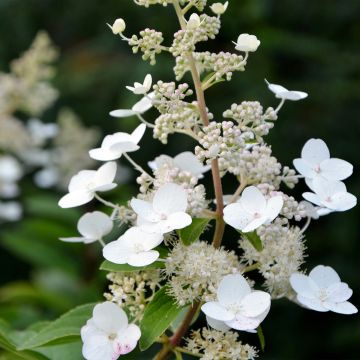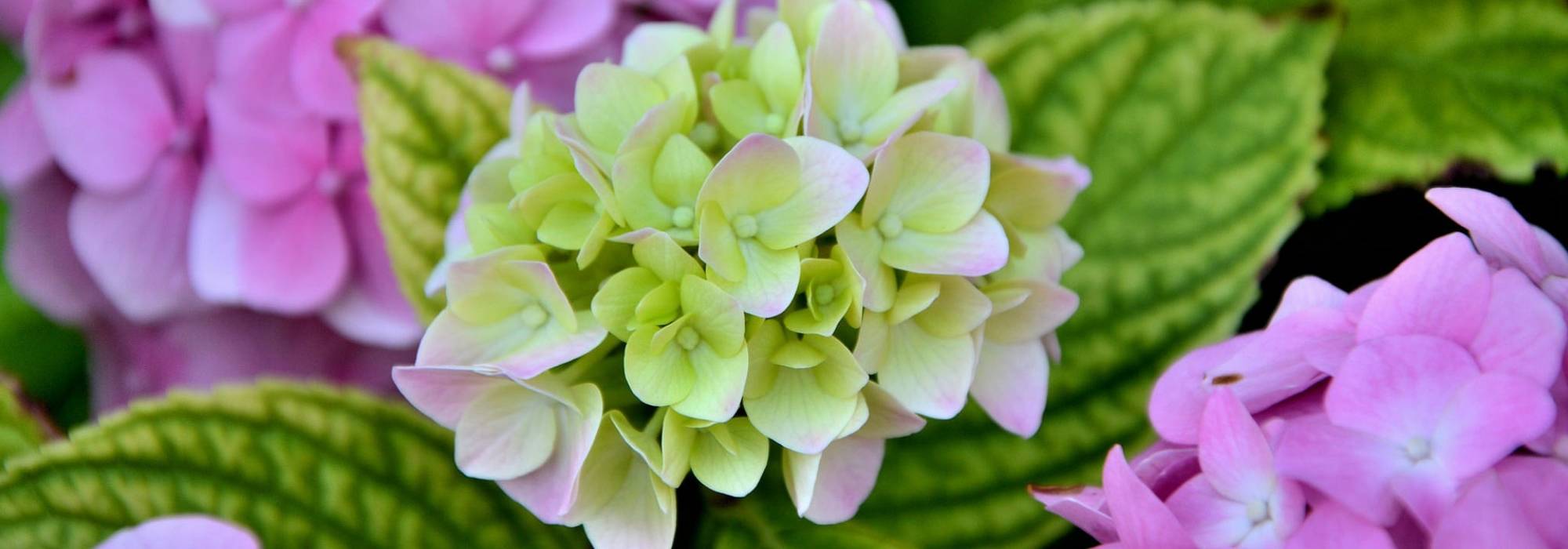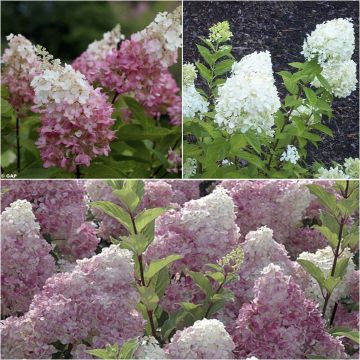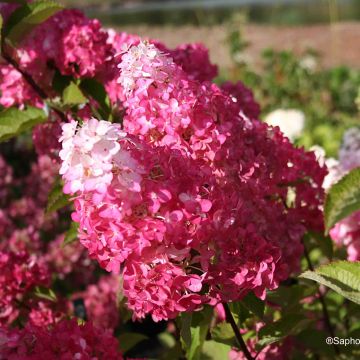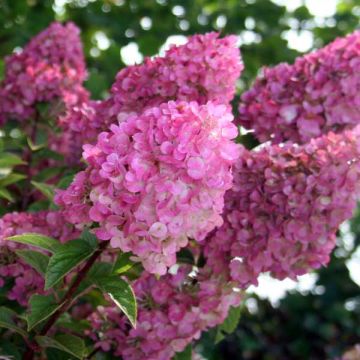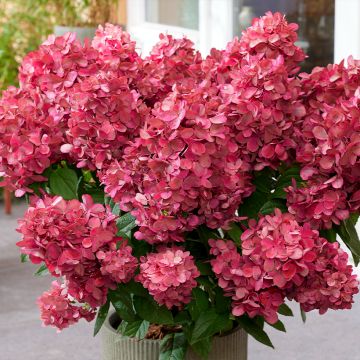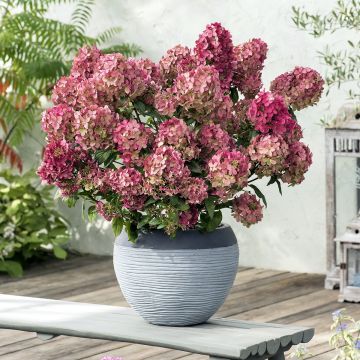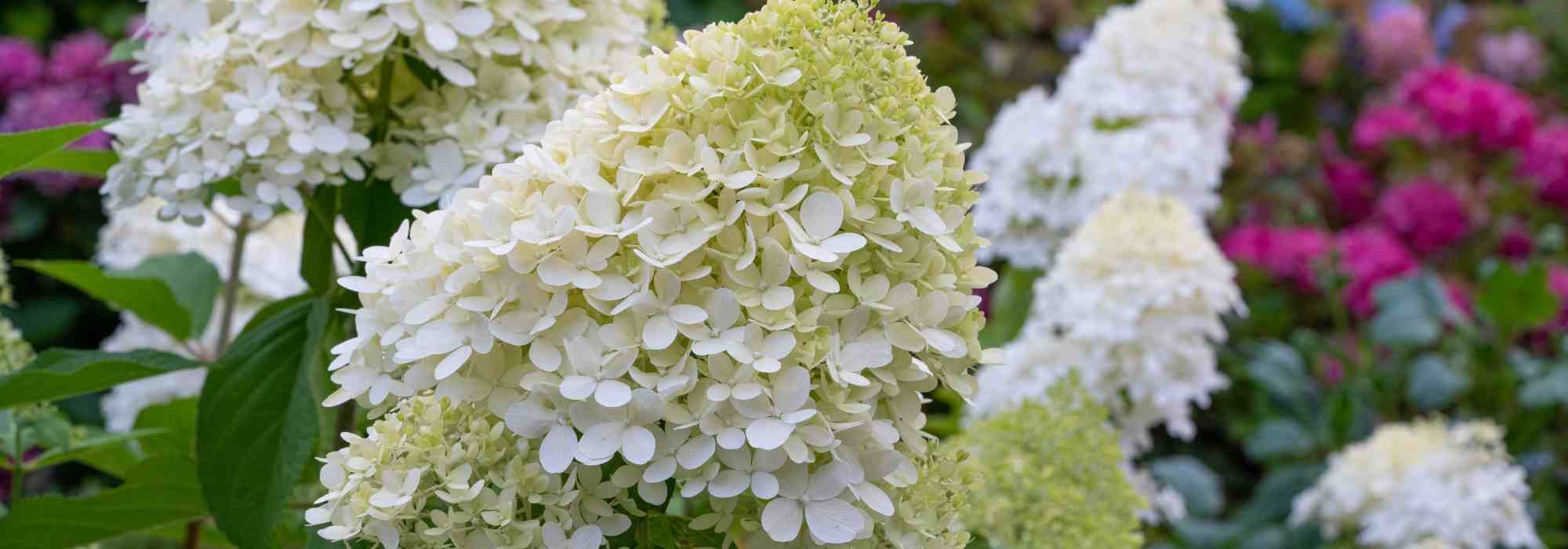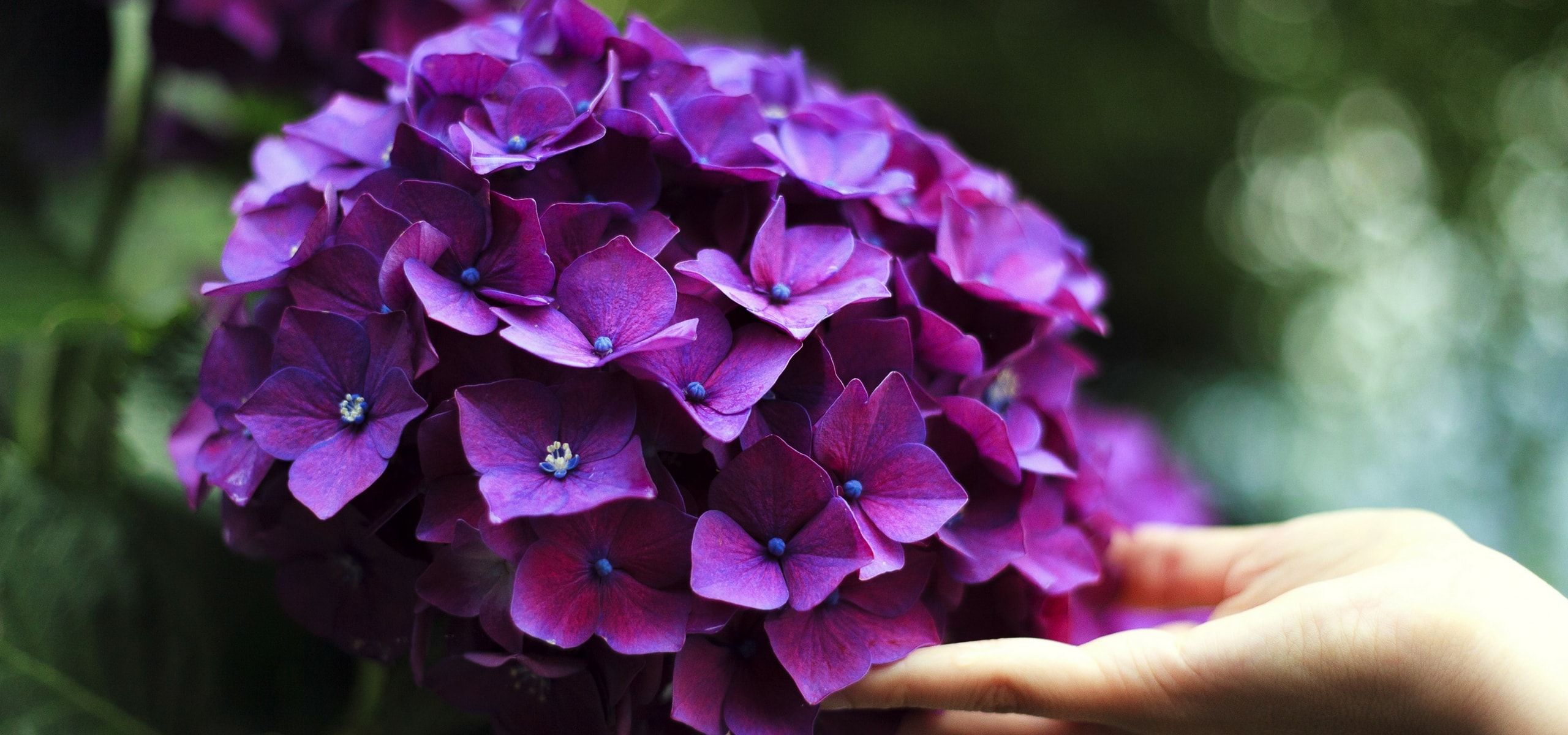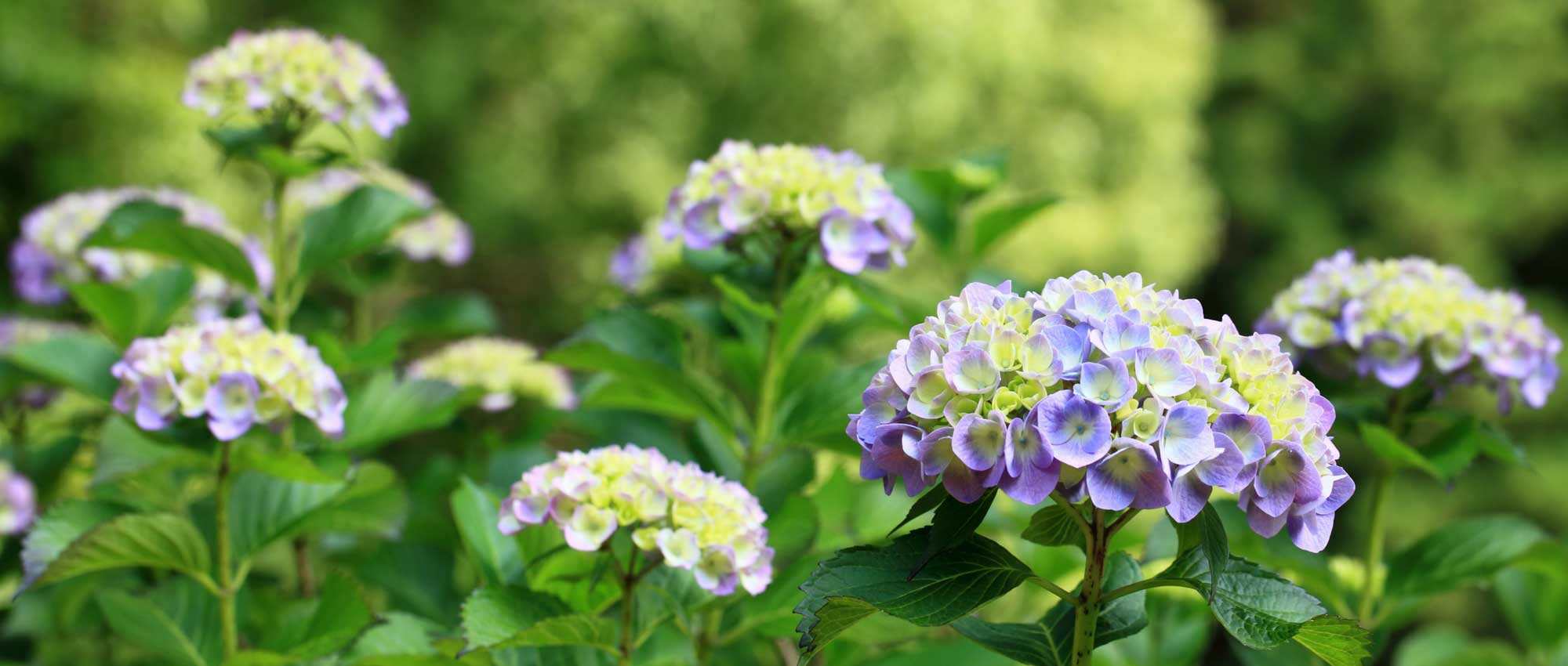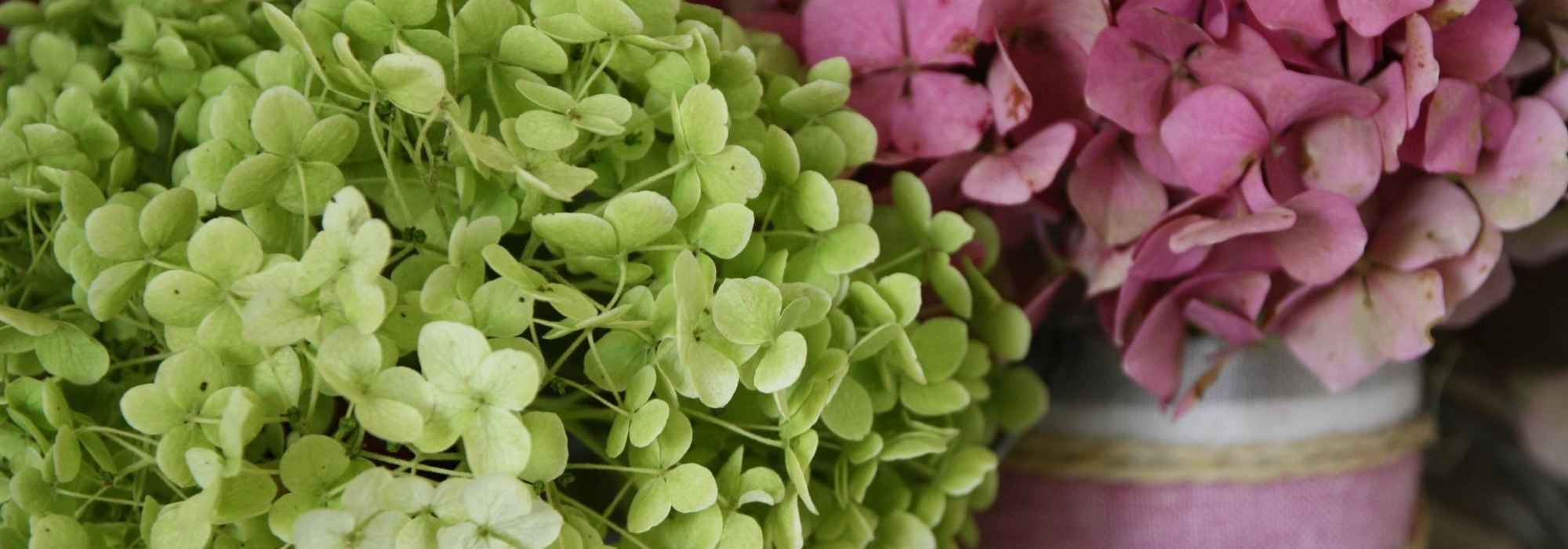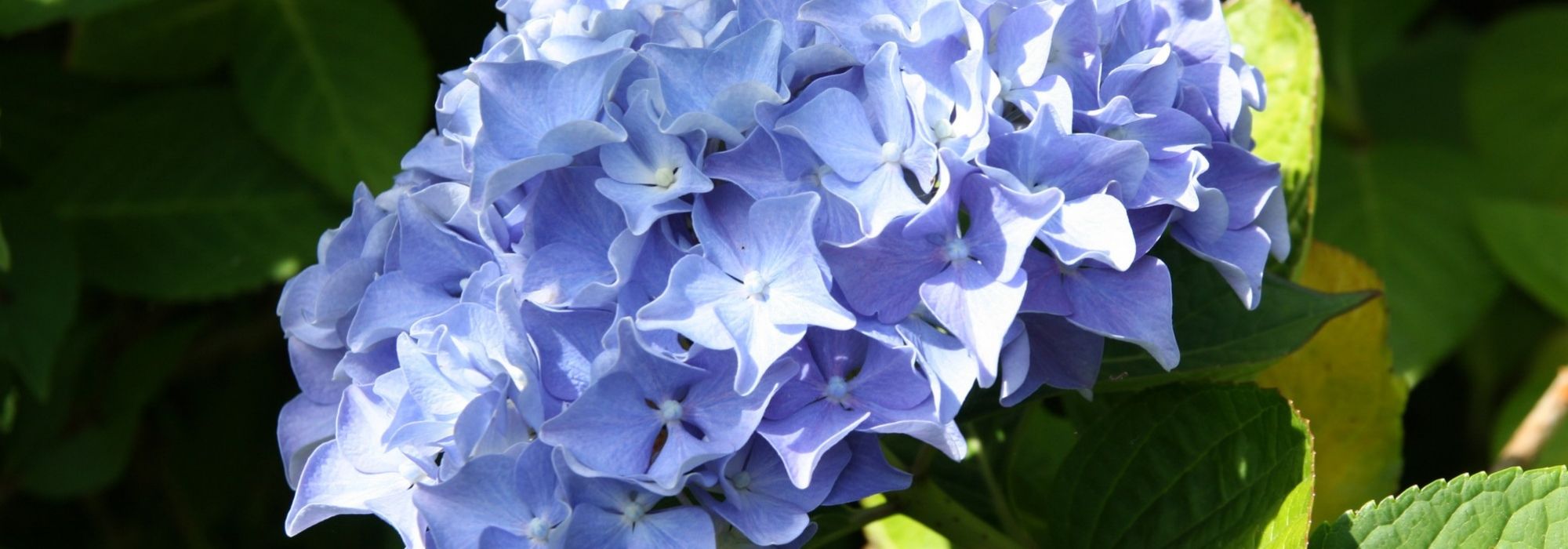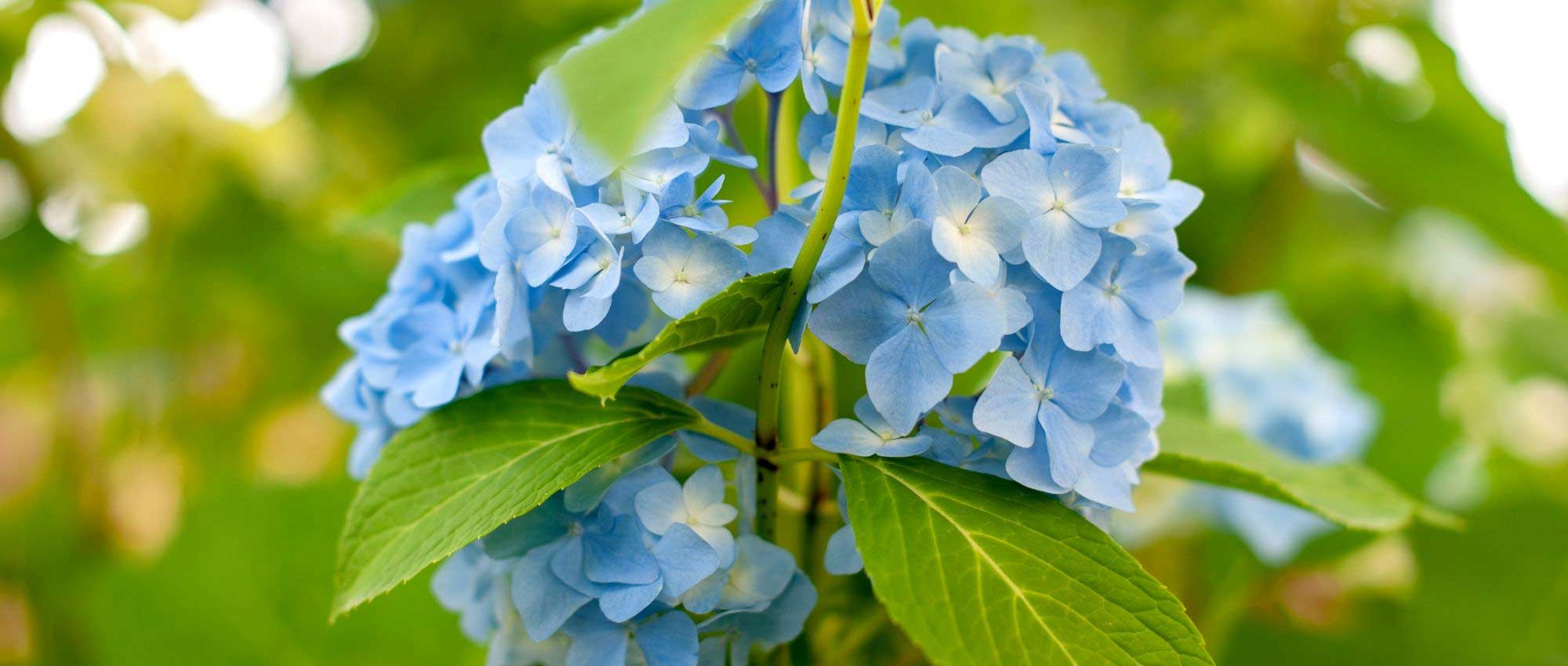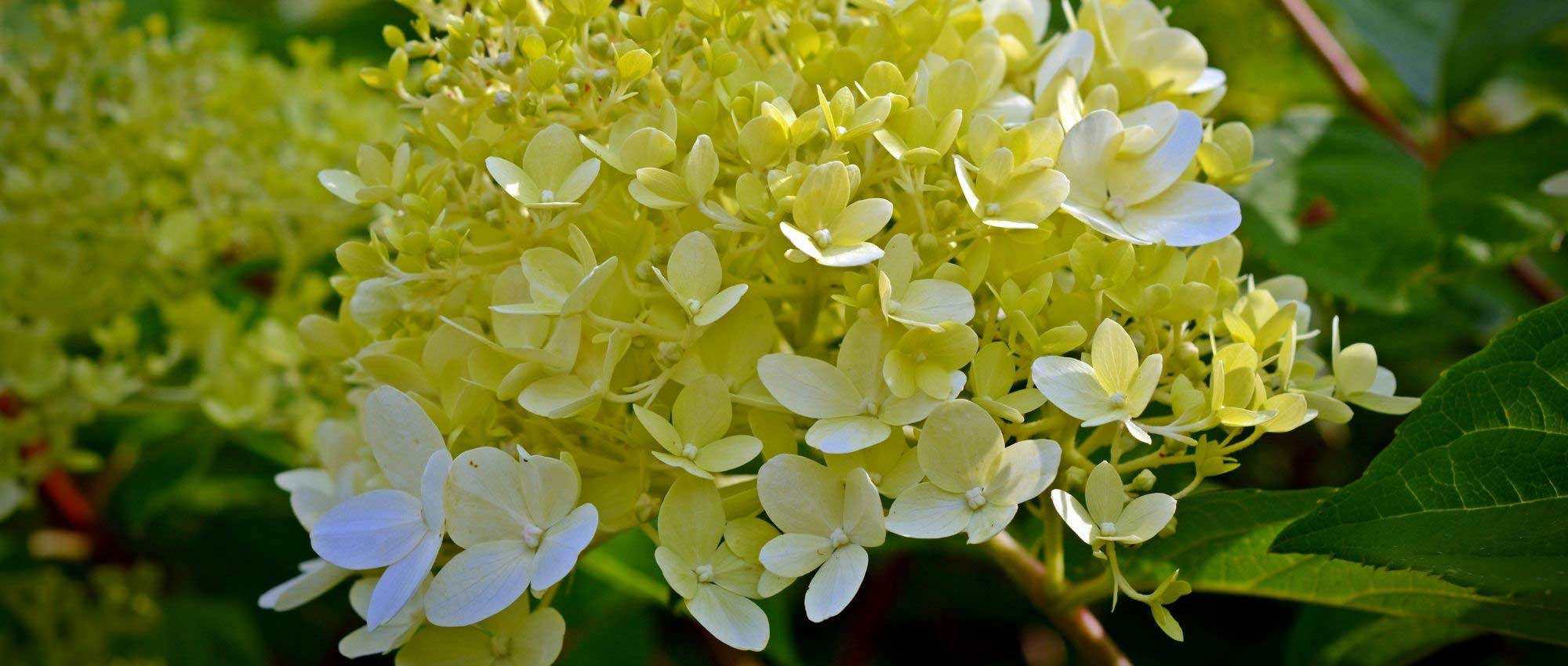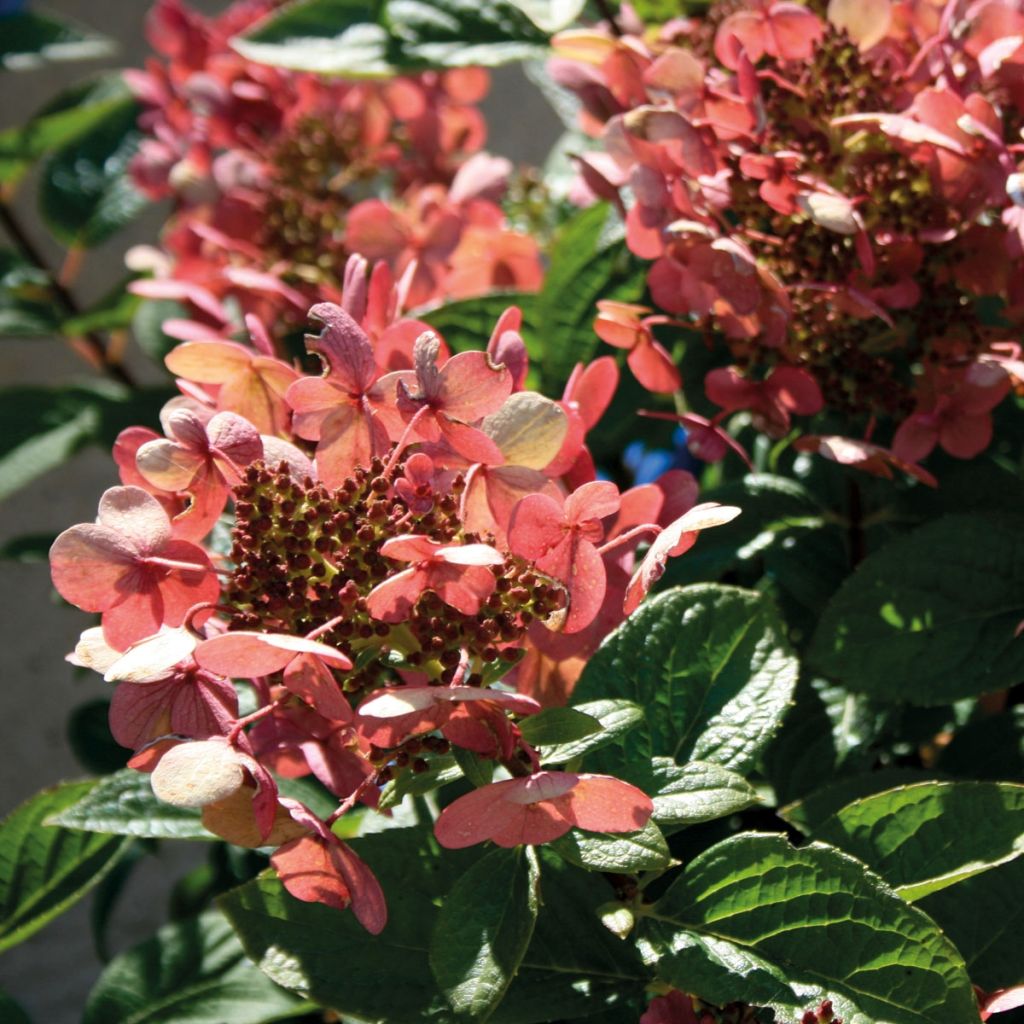

Hydrangea paniculata Sparkling
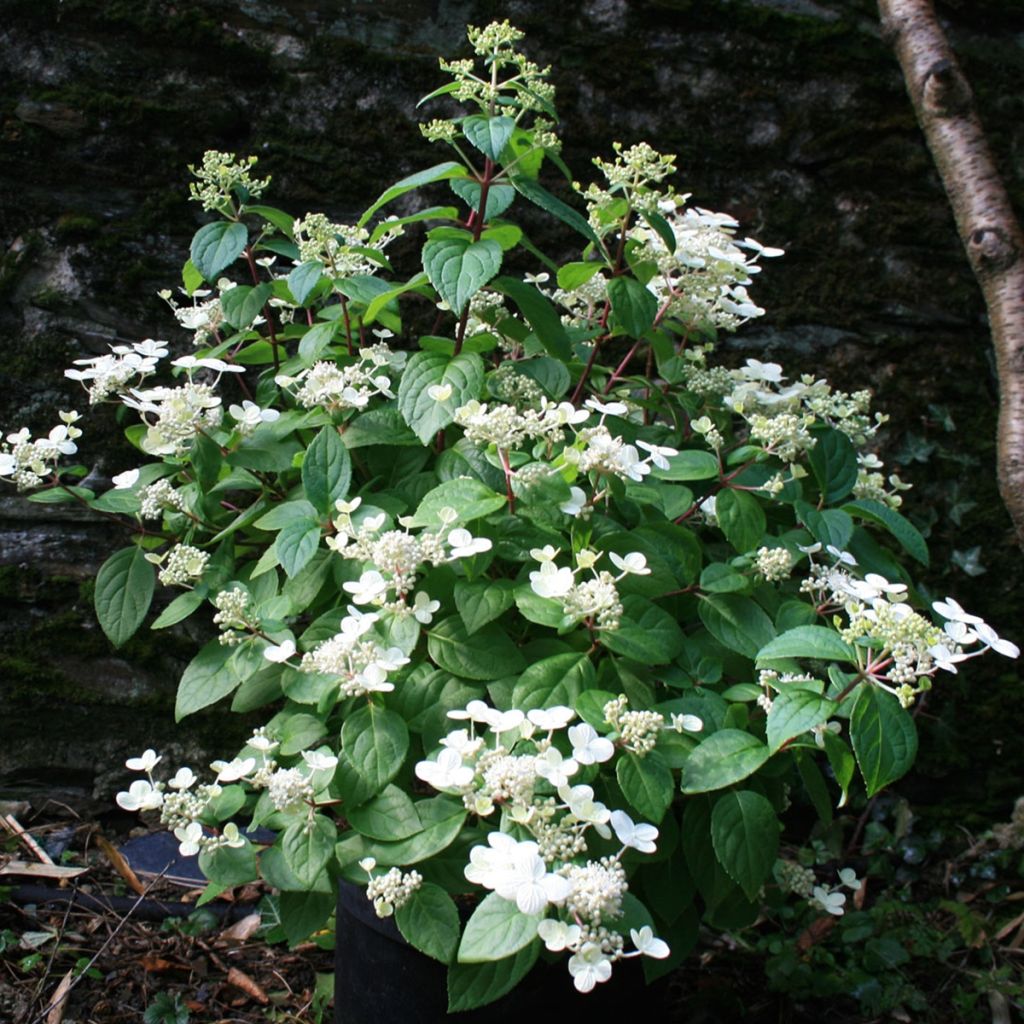

Hydrangea paniculata Sparkling
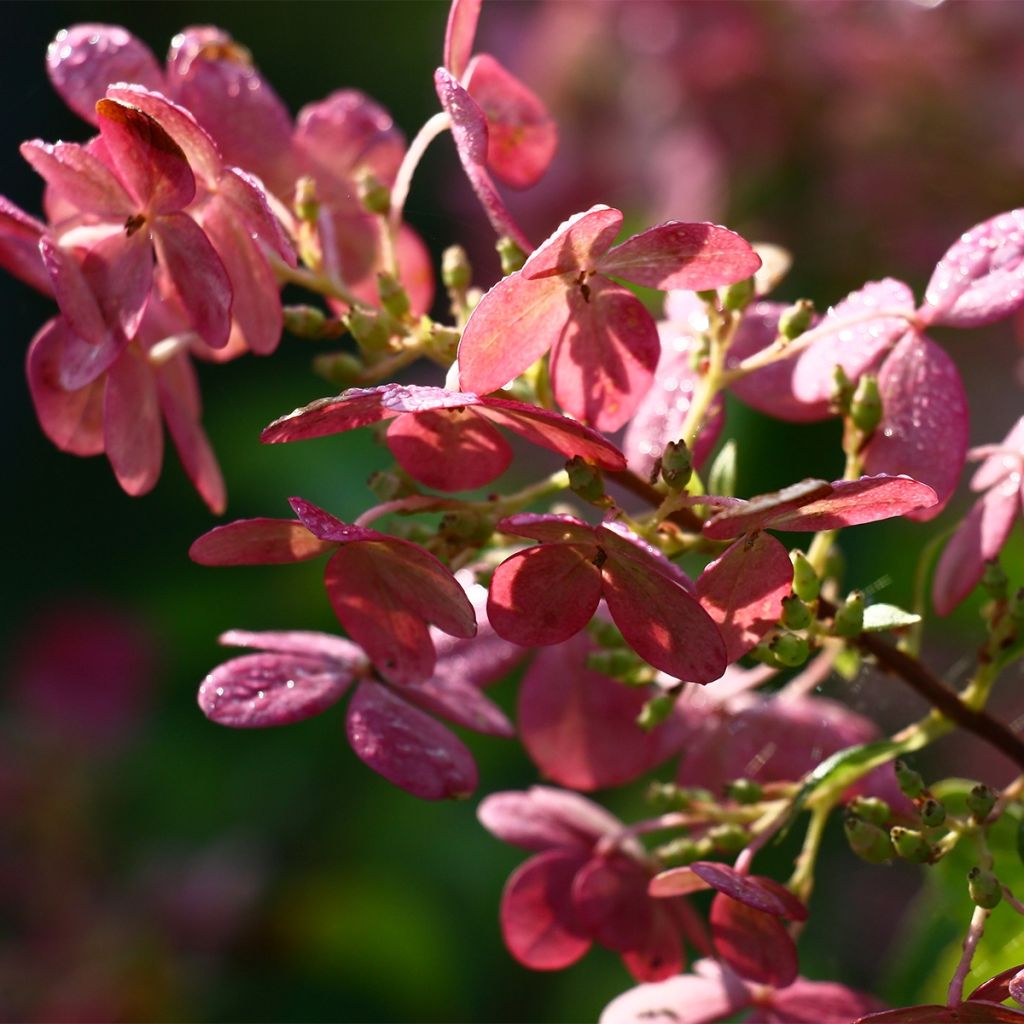

Hydrangea paniculata Sparkling
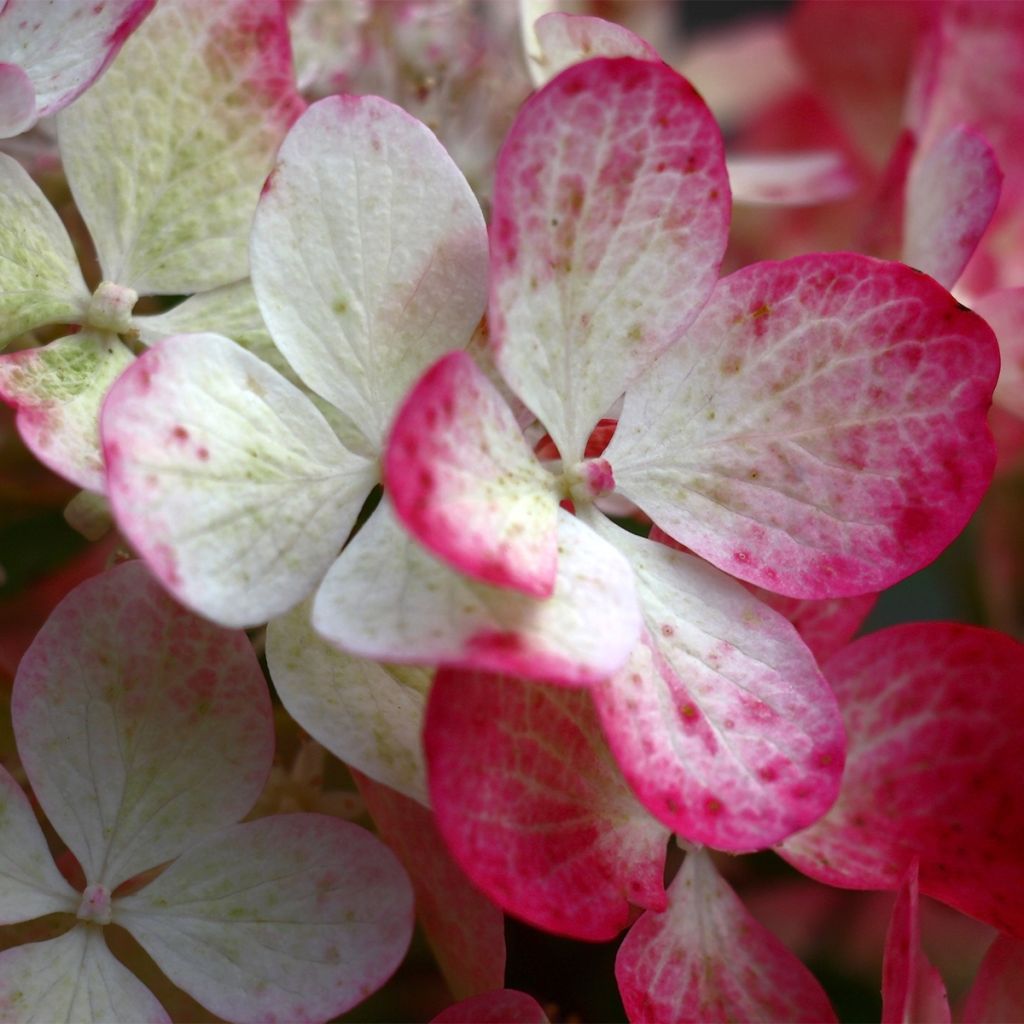

Hydrangea paniculata Sparkling
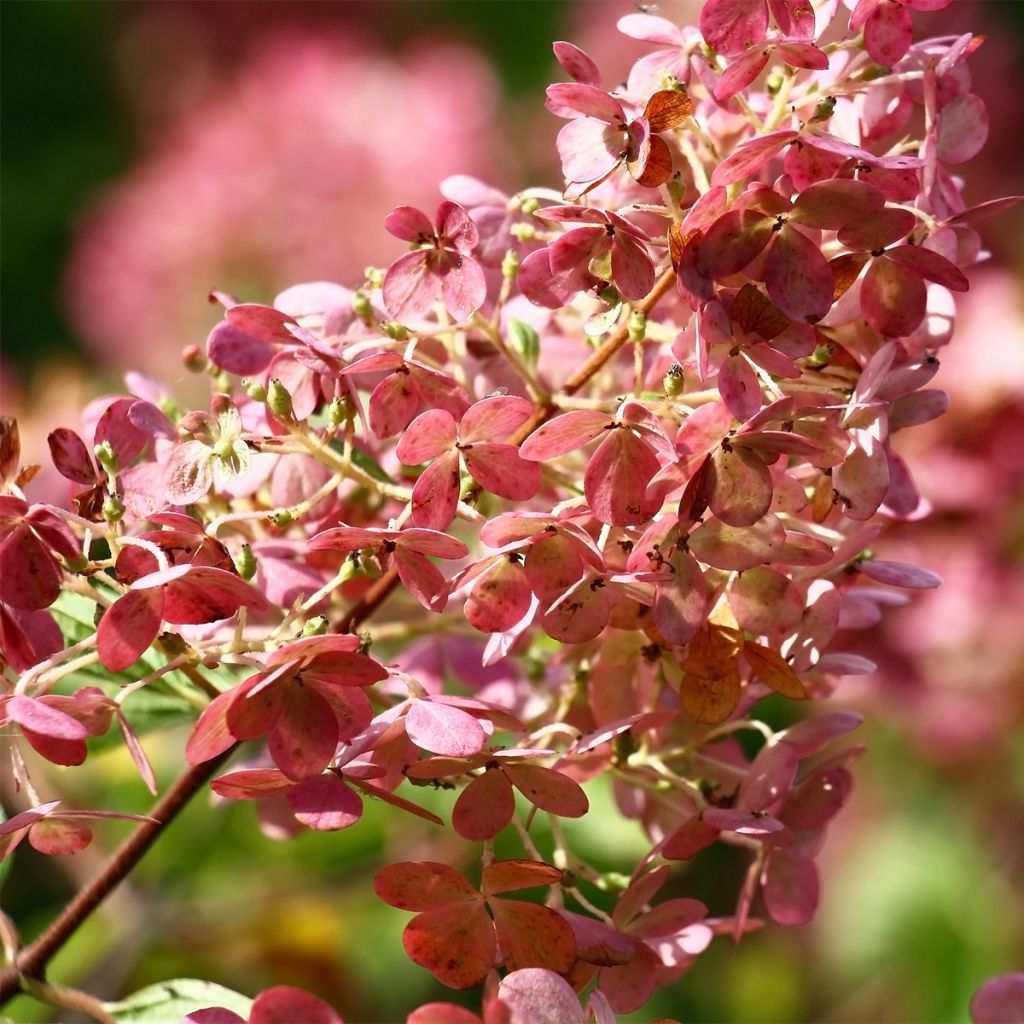

Hydrangea paniculata Sparkling
Hydrangea paniculata Sparkling
Hydrangea paniculata Sparkling
Paniculate Hydrangea, Panicled Hydrangea, Panicle Hydrangea
Special offer!
Receive a €20 voucher for any order over €90 (excluding delivery costs, credit notes, and plastic-free options)!
1- Add your favorite plants to your cart.
2- Once you have reached €90, confirm your order (you can even choose the delivery date!).
3- As soon as your order is shipped, you will receive an email containing your voucher code, valid for 3 months (90 days).
Your voucher is unique and can only be used once, for any order with a minimum value of €20, excluding delivery costs.
Can be combined with other current offers, non-divisible and non-refundable.
Why not try an alternative variety in stock?
View all →This plant carries a 24 months recovery warranty
More information
We guarantee the quality of our plants for a full growing cycle, and will replace at our expense any plant that fails to recover under normal climatic and planting conditions.
Does this plant fit my garden?
Set up your Plantfit profile →
Description
Translation:
Hydrangea paniculata 'Sparkling' is a recent variety of paniculate hydrangea with a very compact and well-ramified habit. Early-flowering, it is covered from mid-May with abundant and subtly perfumed white flowers. At the end of summer, the flowers turn pink, adding an additional level of attraction to this appealing variety. Accommodating towards the soil and not requiring heath soil to grow, it only fears drought. Its low growth allows it to be used in masses in small gardens and also to be grown in a container. One of the best Hydrangeas to start in the garden.
Hydrangea paniculata, also called Paniculate Hydrangea, is a particularly hardy species of hydrangea belonging to the Hydrangeaceae family native to the leafy forests of China and Japan. It is easy to grow in any good garden soil that remains a little moist. In the past, there were only large-growth varieties, but breeders have worked a lot on this species to introduce many compact cultivars. In the 1970s, botanist Jelena de Belder introduced to the market the Pink Diamond variety which quickly caused a sensation with its white flowers that change colour during flowering.
The 'Sparkling' variety ("sparkling" in reference to its flowers that burst out in all directions) is particularly spectacular for its abundance of blooms, as well as its early and long-lasting nature. From mid-May to September, this small Hydrangea produces slightly perfumed white inflorescences, composed of small central fertile flowers surrounded by spread-out sterile florets. This flowering, quite similar to some Viburnums, gives the shrub both a natural and romantic appearance. During the summer, the colour of the inflorescences gradually turns into a charming old pink, well contrasted against the medium green foliage.
With relatively slow growth, this shrub gradually reaches 1 m (3 ft 4 in) to 1.2 m (3 ft 11 in) in height for about 90 cm (35.4 in) in width. The deciduous foliage falls in autumn. This shrub is very hardy, down to -25 or even -30 °C (-13 to -22 °F). It withstands the sun very well, which is a definite advantage for this category of shrubs. It tolerates partial shade, but not complete shade.
The small growth of this Sparkling hydrangea allows it to also be grown in a large container on a terrace. Ideal for all gardeners frustrated by not being able to plant Hydrangea macrophylla, for lack of having the right soil and climate, this hydrangea does not need to be grown in acidic soil; a neutral or even slightly calcareous soil suits it well provided it does not dry out too much. It can therefore be planted alongside a wide range of plants and can be combined with early-flowering shrubs such as the remarkable and less commonly grown Stachyurus praecox, whose small yellow bells appear before the leaves in early spring. Its wild appearance and graceful flowering will perfectly match the romantic charm of this Hydrangea. Spring spiraeas will also be good companions, such as Spiraea arguta with its natural habit and arched branches covered with small white flowers.
Hydrangea paniculata Sparkling in pictures
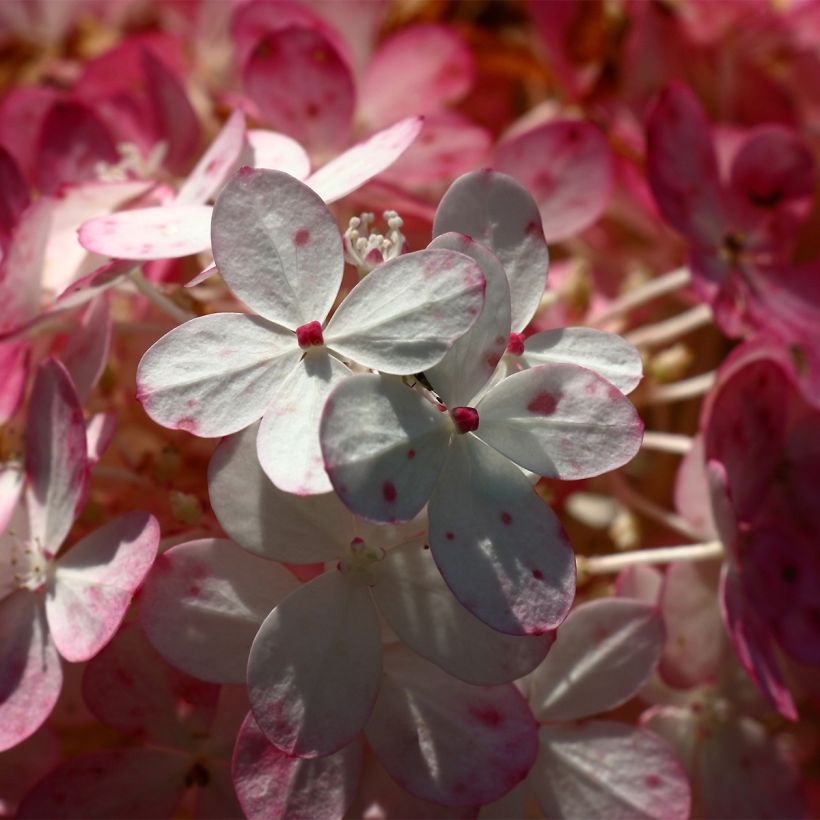

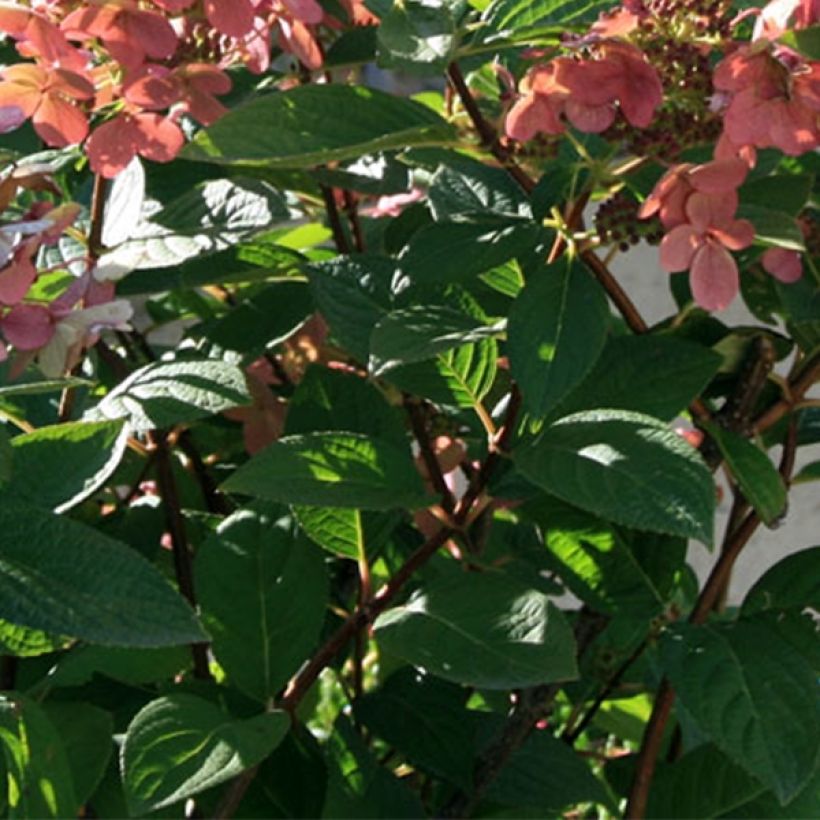

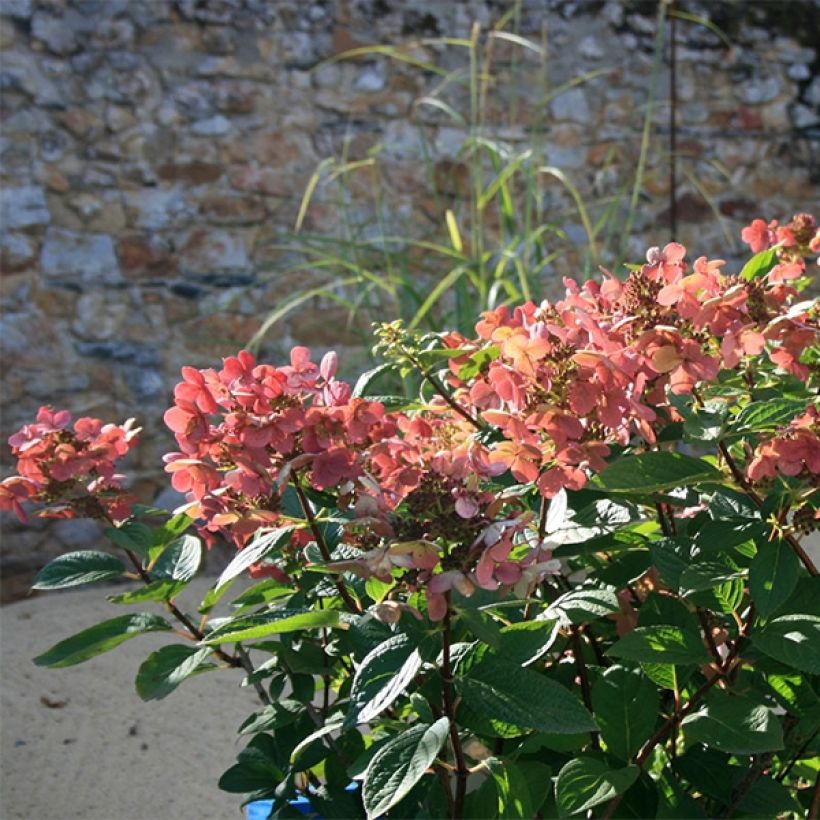

Plant habit
Flowering
Foliage
Botanical data
Hydrangea
paniculata
Sparkling
Hydrangeaceae
Paniculate Hydrangea, Panicled Hydrangea, Panicle Hydrangea
Cultivar or hybrid
Other Hydrangea Paniculata
View all →Planting and care
Hydrangea paniculata 'Sparkling' is not demanding about the nature of the soil, as long as it is not too heavy or too dry. Not requiring heath soil, it grows in neutral soil and even tolerates a bit of lime. It also accommodates sandy or rocky soil as long as it remains a bit fresh, or when well watered. In such conditions, it will be a good idea to add compost to the base of the shrub each year.
It requires a sunny, non-scorching or semi-shaded exposure. When planting, install it in a deeply worked soil after soaking the root ball for half an hour in a bucket of water. A good base fertiliser (horn or dried blood) will aid the recovery of your young plant and nourish it without risk of burning. If your soil is dry, mix compost with the soil when filling in the planting hole and provide a surface watering basin.
At the end of summer, we advise you not to cut the dry panicles which will protect the terminal shoots of the branches in winter. You should cut all the dry flowers at the end of February or on the first summer days and should remove some branches by pruning them very short each year, to encourage the growth of new stems.
Planting period
Intended location
Care
Planting & care advice
This item has not been reviewed yet - be the first to leave a review about it.
Haven't found what you were looking for?
Hardiness is the lowest winter temperature a plant can endure without suffering serious damage or even dying. However, hardiness is affected by location (a sheltered area, such as a patio), protection (winter cover) and soil type (hardiness is improved by well-drained soil).

Photo Sharing Terms & Conditions
In order to encourage gardeners to interact and share their experiences, Promesse de fleurs offers various media enabling content to be uploaded onto its Site - in particular via the ‘Photo sharing’ module.
The User agrees to refrain from:
- Posting any content that is illegal, prejudicial, insulting, racist, inciteful to hatred, revisionist, contrary to public decency, that infringes on privacy or on the privacy rights of third parties, in particular the publicity rights of persons and goods, intellectual property rights, or the right to privacy.
- Submitting content on behalf of a third party;
- Impersonate the identity of a third party and/or publish any personal information about a third party;
In general, the User undertakes to refrain from any unethical behaviour.
All Content (in particular text, comments, files, images, photos, videos, creative works, etc.), which may be subject to property or intellectual property rights, image or other private rights, shall remain the property of the User, subject to the limited rights granted by the terms of the licence granted by Promesse de fleurs as stated below. Users are at liberty to publish or not to publish such Content on the Site, notably via the ‘Photo Sharing’ facility, and accept that this Content shall be made public and freely accessible, notably on the Internet.
Users further acknowledge, undertake to have ,and guarantee that they hold all necessary rights and permissions to publish such material on the Site, in particular with regard to the legislation in force pertaining to any privacy, property, intellectual property, image, or contractual rights, or rights of any other nature. By publishing such Content on the Site, Users acknowledge accepting full liability as publishers of the Content within the meaning of the law, and grant Promesse de fleurs, free of charge, an inclusive, worldwide licence for the said Content for the entire duration of its publication, including all reproduction, representation, up/downloading, displaying, performing, transmission, and storage rights.
Users also grant permission for their name to be linked to the Content and accept that this link may not always be made available.
By engaging in posting material, Users consent to their Content becoming automatically accessible on the Internet, in particular on other sites and/or blogs and/or web pages of the Promesse de fleurs site, including in particular social pages and the Promesse de fleurs catalogue.
Users may secure the removal of entrusted content free of charge by issuing a simple request via our contact form.
The flowering period indicated on our website applies to countries and regions located in USDA zone 8 (France, the United Kingdom, Ireland, the Netherlands, etc.)
It will vary according to where you live:
- In zones 9 to 10 (Italy, Spain, Greece, etc.), flowering will occur about 2 to 4 weeks earlier.
- In zones 6 to 7 (Germany, Poland, Slovenia, and lower mountainous regions), flowering will be delayed by 2 to 3 weeks.
- In zone 5 (Central Europe, Scandinavia), blooming will be delayed by 3 to 5 weeks.
In temperate climates, pruning of spring-flowering shrubs (forsythia, spireas, etc.) should be done just after flowering.
Pruning of summer-flowering shrubs (Indian Lilac, Perovskia, etc.) can be done in winter or spring.
In cold regions as well as with frost-sensitive plants, avoid pruning too early when severe frosts may still occur.
The planting period indicated on our website applies to countries and regions located in USDA zone 8 (France, United Kingdom, Ireland, Netherlands).
It will vary according to where you live:
- In Mediterranean zones (Marseille, Madrid, Milan, etc.), autumn and winter are the best planting periods.
- In continental zones (Strasbourg, Munich, Vienna, etc.), delay planting by 2 to 3 weeks in spring and bring it forward by 2 to 4 weeks in autumn.
- In mountainous regions (the Alps, Pyrenees, Carpathians, etc.), it is best to plant in late spring (May-June) or late summer (August-September).
The harvesting period indicated on our website applies to countries and regions in USDA zone 8 (France, England, Ireland, the Netherlands).
In colder areas (Scandinavia, Poland, Austria...) fruit and vegetable harvests are likely to be delayed by 3-4 weeks.
In warmer areas (Italy, Spain, Greece, etc.), harvesting will probably take place earlier, depending on weather conditions.
The sowing periods indicated on our website apply to countries and regions within USDA Zone 8 (France, UK, Ireland, Netherlands).
In colder areas (Scandinavia, Poland, Austria...), delay any outdoor sowing by 3-4 weeks, or sow under glass.
In warmer climes (Italy, Spain, Greece, etc.), bring outdoor sowing forward by a few weeks.






























